Tanuj Barai
Member
- Joined
- Apr 7, 2019
- Messages
- 15
- Reaction score
- 6
Hello Forum,
Recently, my brother and I started a new project to make medicinal mead/spice mead. We used Lalvin 71B yeast initially. We added around:
While making the medicinal mead, we added Fermaid O (8 gm) and Go Fern (6 gm) as nutrients. (Date - 13/08/2025)
Now the scene is, for straight one and a half days we did not see any CO2 getting released in the 20-liter carboy. Yes, we have used a stopper as well. We searched for why it must have happened. So we came to know that the yeast might be old, and yes it was 5 years old. So chatgpt guided us to add fresh yeast. So we added around 5.5 gm of Bakers Yeast, which was available locally. (Date - 14/08/2025)
Later, in the evening we saw small bubbles rising above the top of the water. Please take a note that we have added all the spices in a sanitized muslin cloth tied with a rope. And the rope is coming out from the side of the stopper. (Date - 14/08/2025)
We thought as the small rope is coming out from the stopper, CO2 might be escaping from that gap. So we even changed the stopper. But we are out of luck. No major bubbling is seen in the stopper. (Date - 15/08/2025) and (Date - 16/08/2025)
Currently the yeast is just eating the nutrinets and releasing the CO2, but no sign of CO2 releasing from the stopper.
So here comes my question, what should i do next, or imagine that you are in this situation, what would you have done in this stage? As of 18th August 2025, there are still no sign of CO2 releasing through the stopper.
Your guidance forum will be appreciated. Love from India! <3
OG on 13th August was 1.1500, I will update the FG on 23rd September 2025.
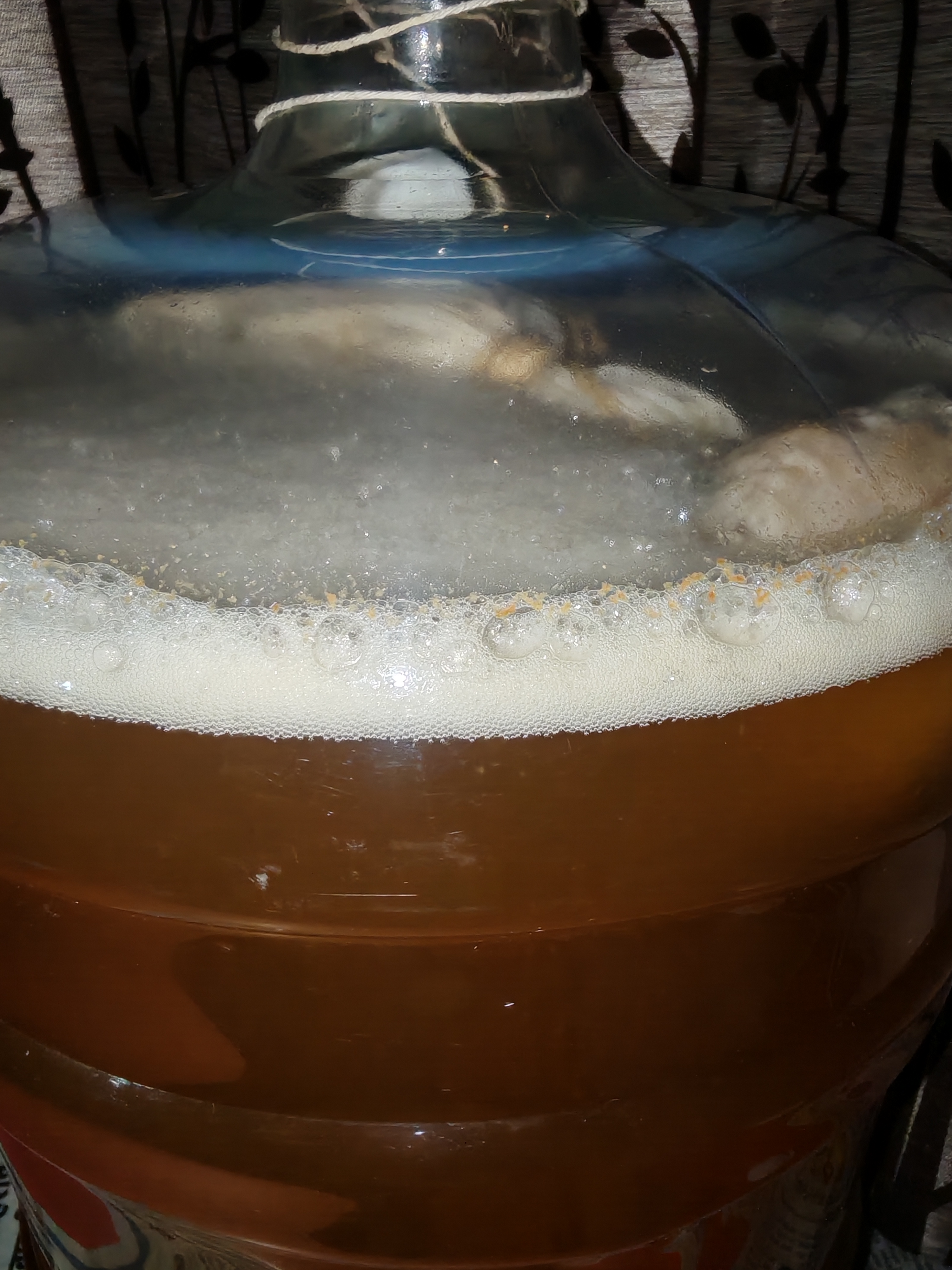
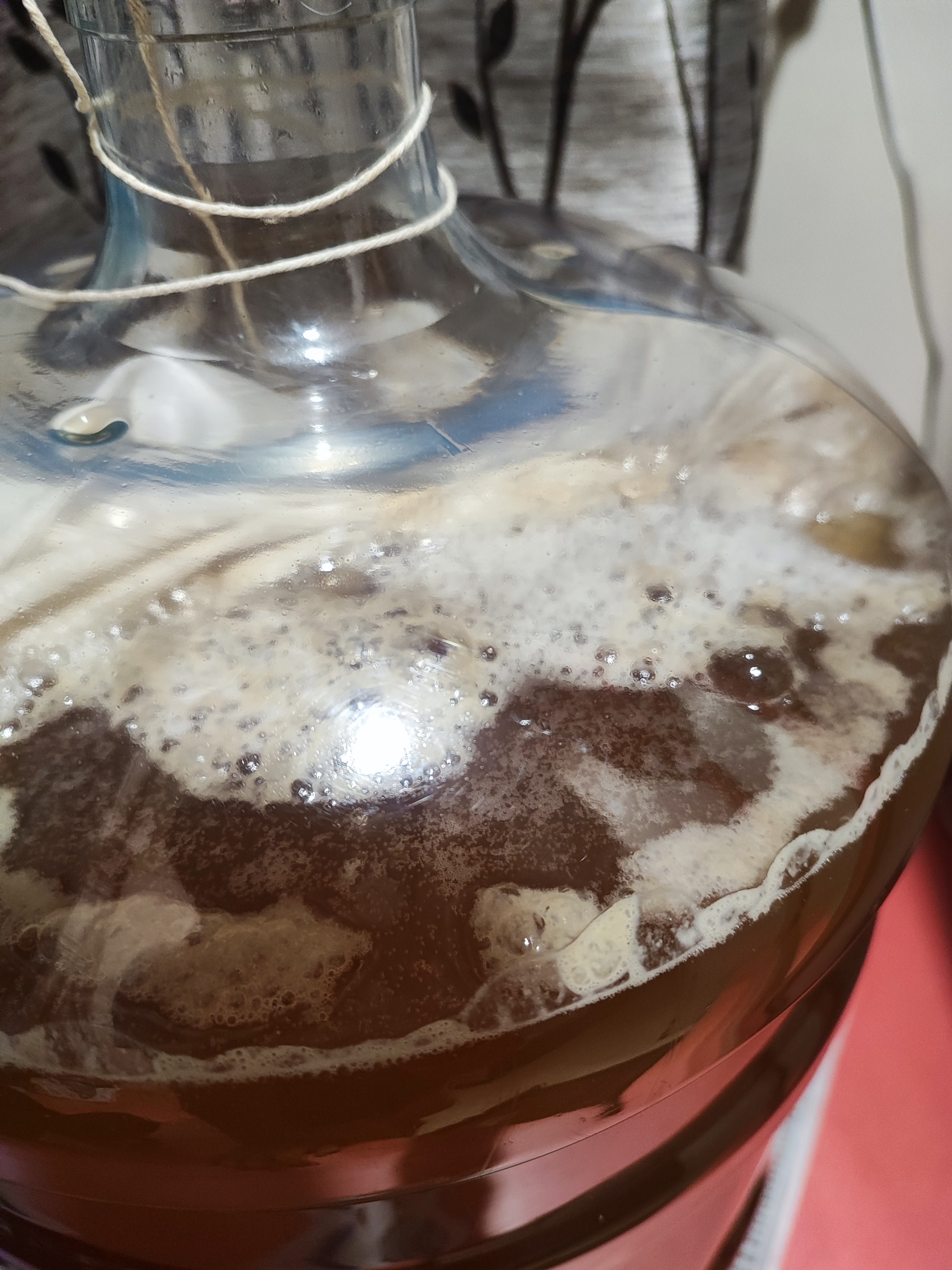
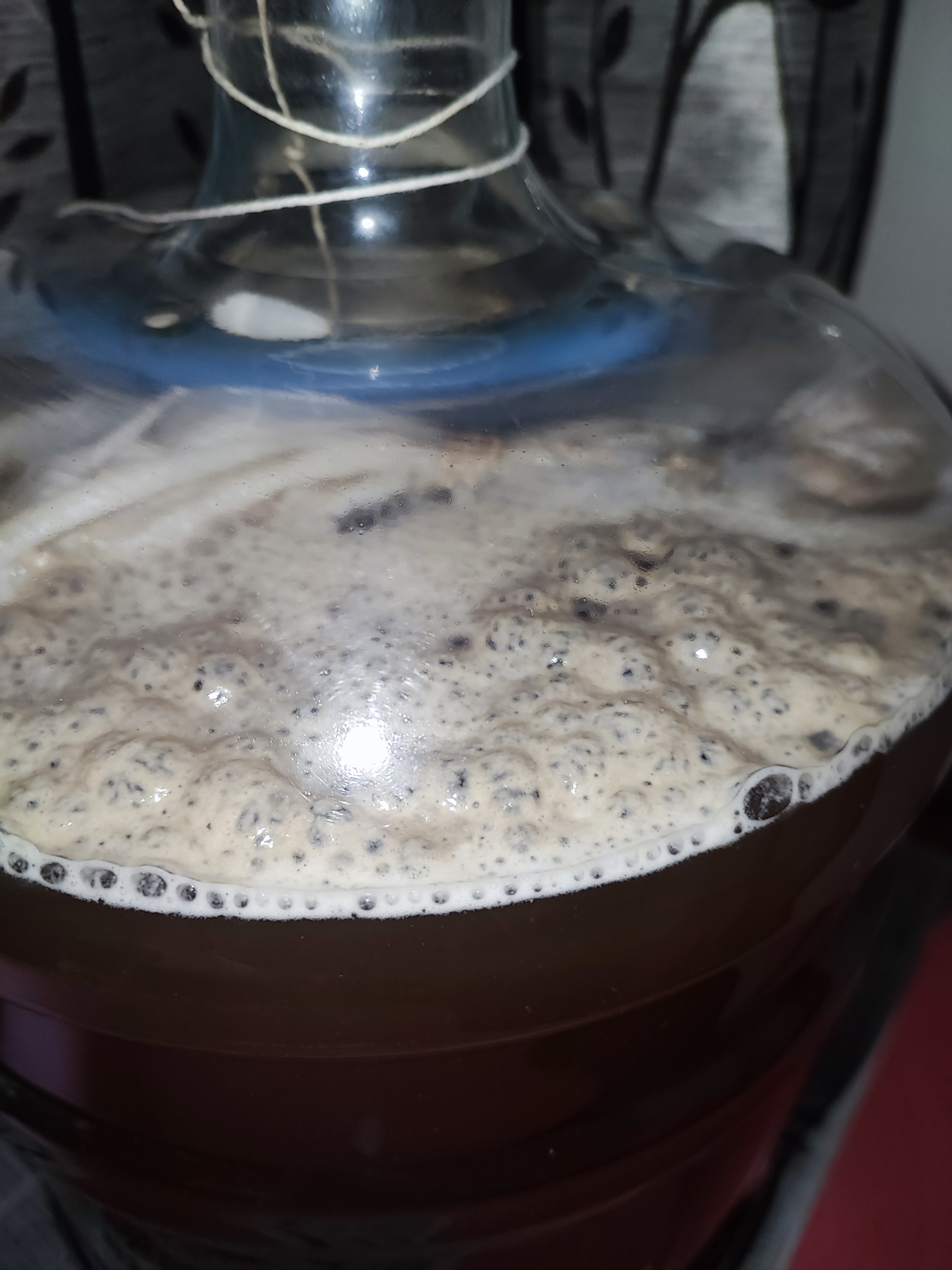
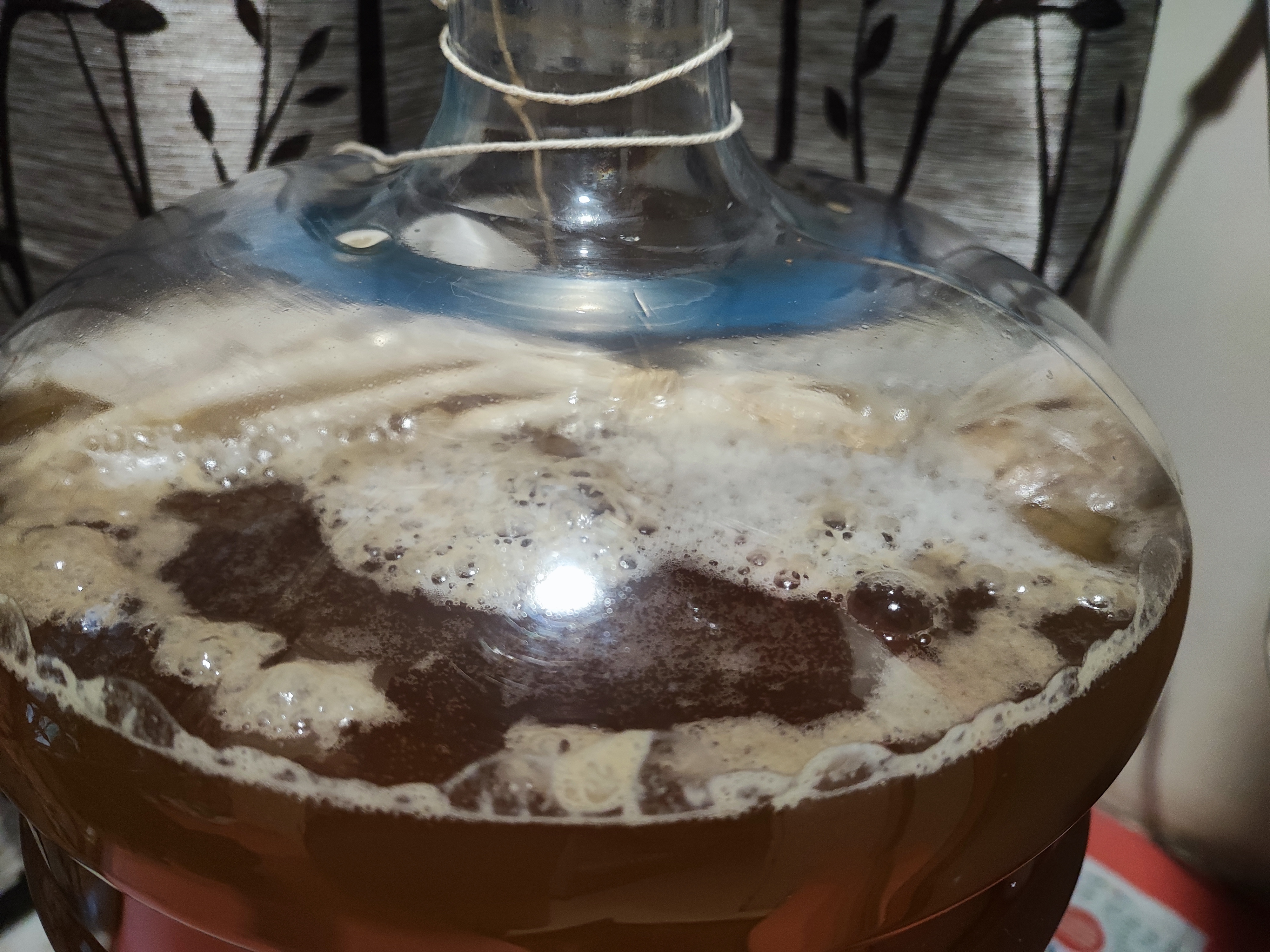


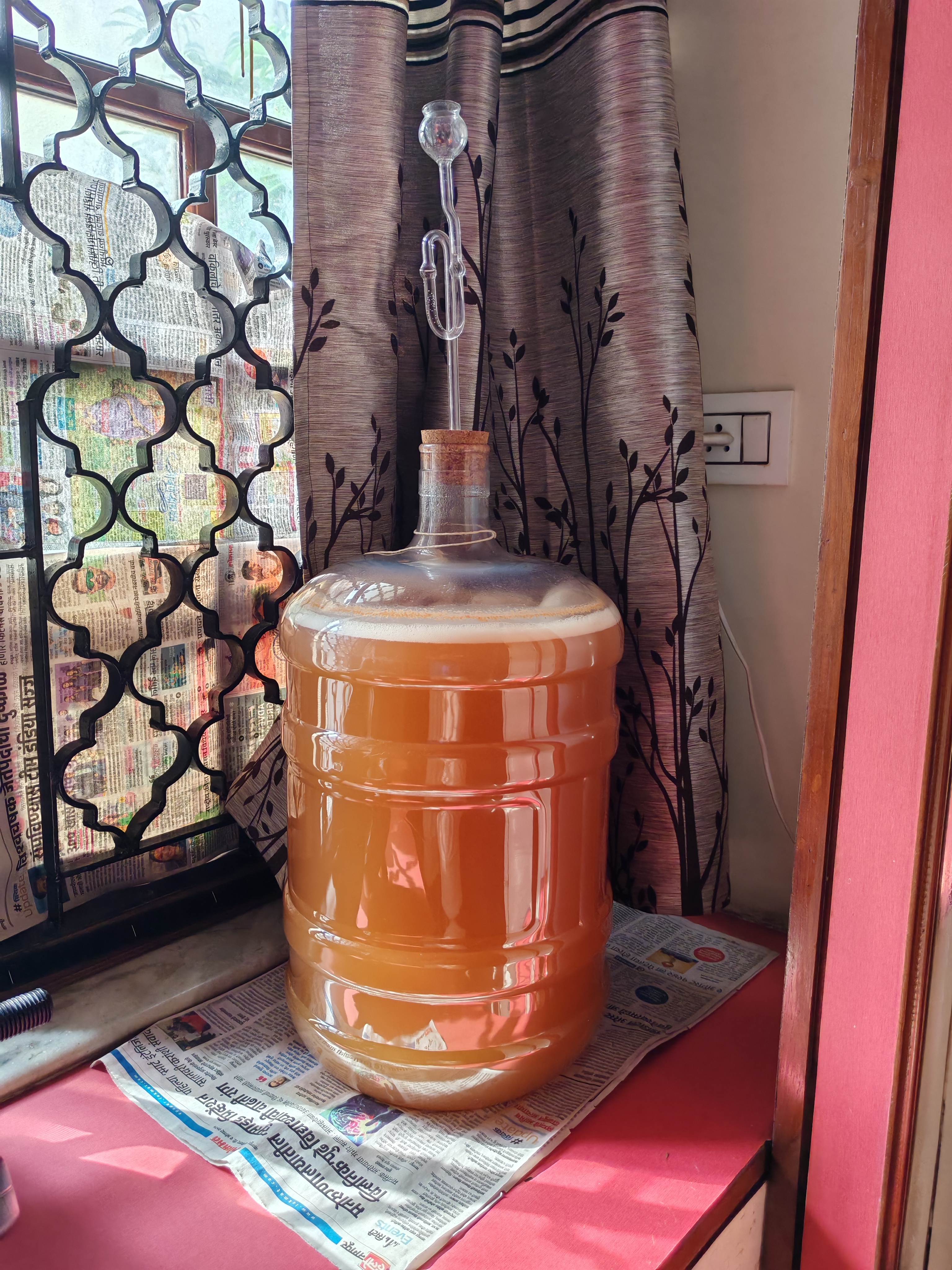
Recently, my brother and I started a new project to make medicinal mead/spice mead. We used Lalvin 71B yeast initially. We added around:
- 6.7Kg of Honey (Saffola - Multi Floral)
- Cinnamon Stick (10cm long)
- Grated Nutmeg (2gm),
- Cloves and black pepper (8 each), and
- Grated ginger (35gm)
While making the medicinal mead, we added Fermaid O (8 gm) and Go Fern (6 gm) as nutrients. (Date - 13/08/2025)
Now the scene is, for straight one and a half days we did not see any CO2 getting released in the 20-liter carboy. Yes, we have used a stopper as well. We searched for why it must have happened. So we came to know that the yeast might be old, and yes it was 5 years old. So chatgpt guided us to add fresh yeast. So we added around 5.5 gm of Bakers Yeast, which was available locally. (Date - 14/08/2025)
Later, in the evening we saw small bubbles rising above the top of the water. Please take a note that we have added all the spices in a sanitized muslin cloth tied with a rope. And the rope is coming out from the side of the stopper. (Date - 14/08/2025)
We thought as the small rope is coming out from the stopper, CO2 might be escaping from that gap. So we even changed the stopper. But we are out of luck. No major bubbling is seen in the stopper. (Date - 15/08/2025) and (Date - 16/08/2025)
Currently the yeast is just eating the nutrinets and releasing the CO2, but no sign of CO2 releasing from the stopper.
So here comes my question, what should i do next, or imagine that you are in this situation, what would you have done in this stage? As of 18th August 2025, there are still no sign of CO2 releasing through the stopper.
Your guidance forum will be appreciated. Love from India! <3
OG on 13th August was 1.1500, I will update the FG on 23rd September 2025.







Last edited:







![Craft A Brew - Safale S-04 Dry Yeast - Fermentis - English Ale Dry Yeast - For English and American Ales and Hard Apple Ciders - Ingredients for Home Brewing - Beer Making Supplies - [1 Pack]](https://m.media-amazon.com/images/I/41fVGNh6JfL._SL500_.jpg)

















































